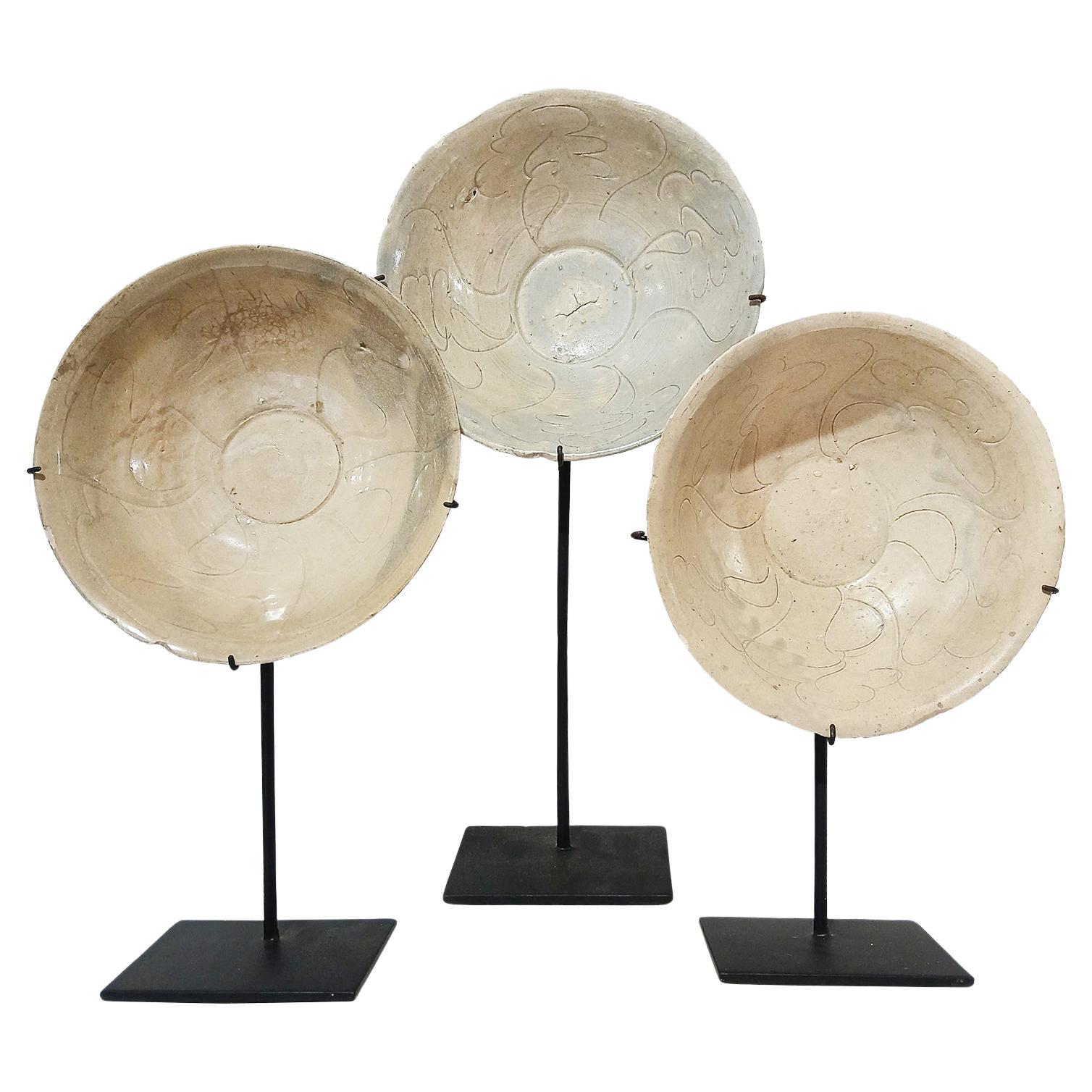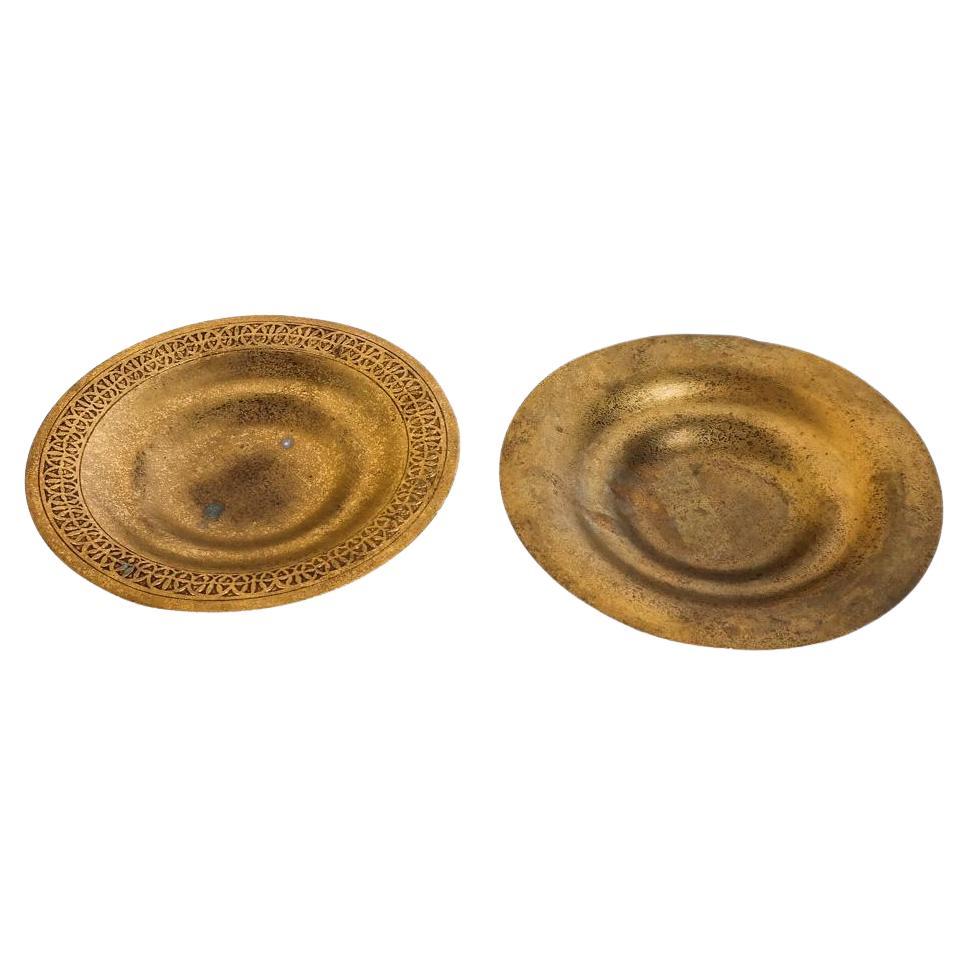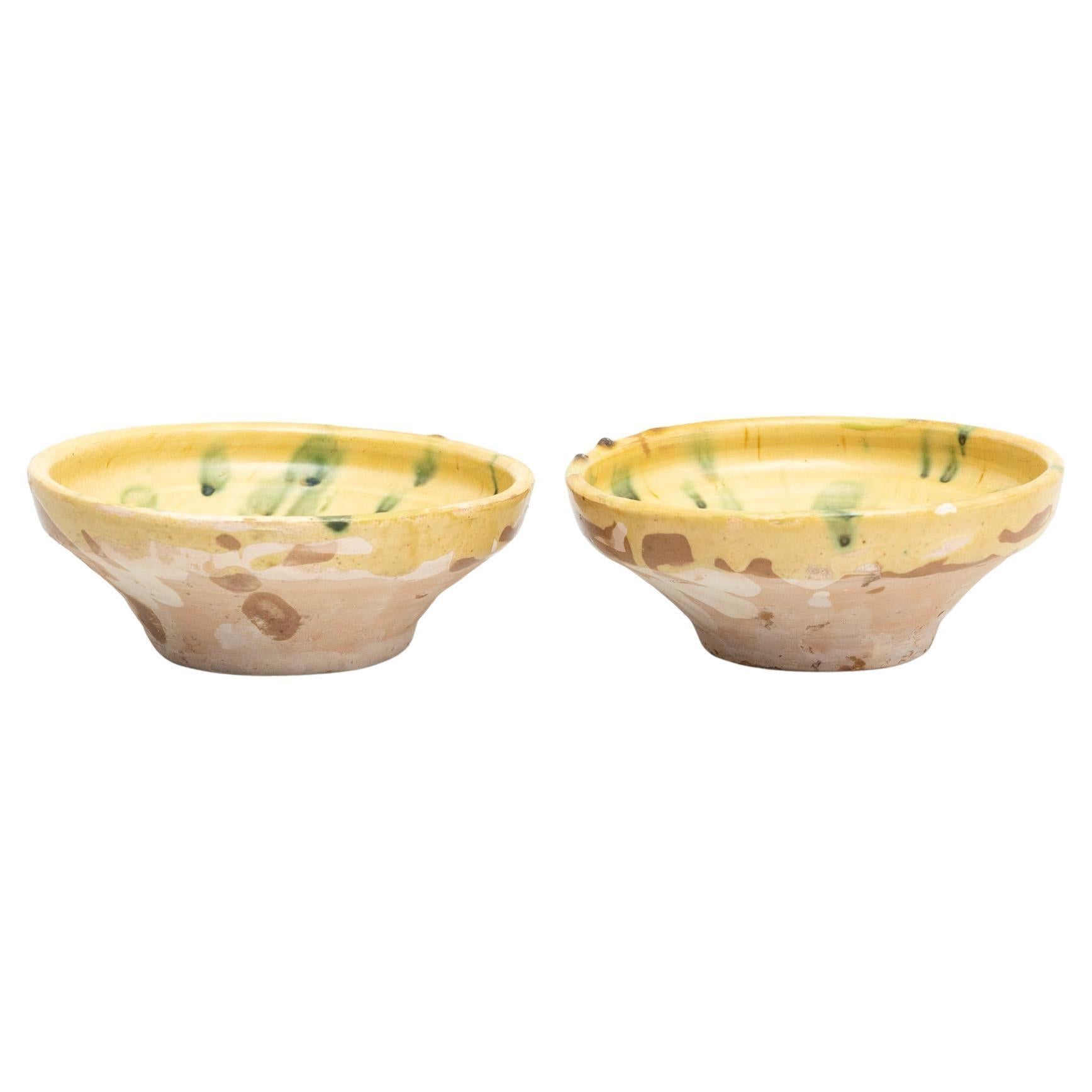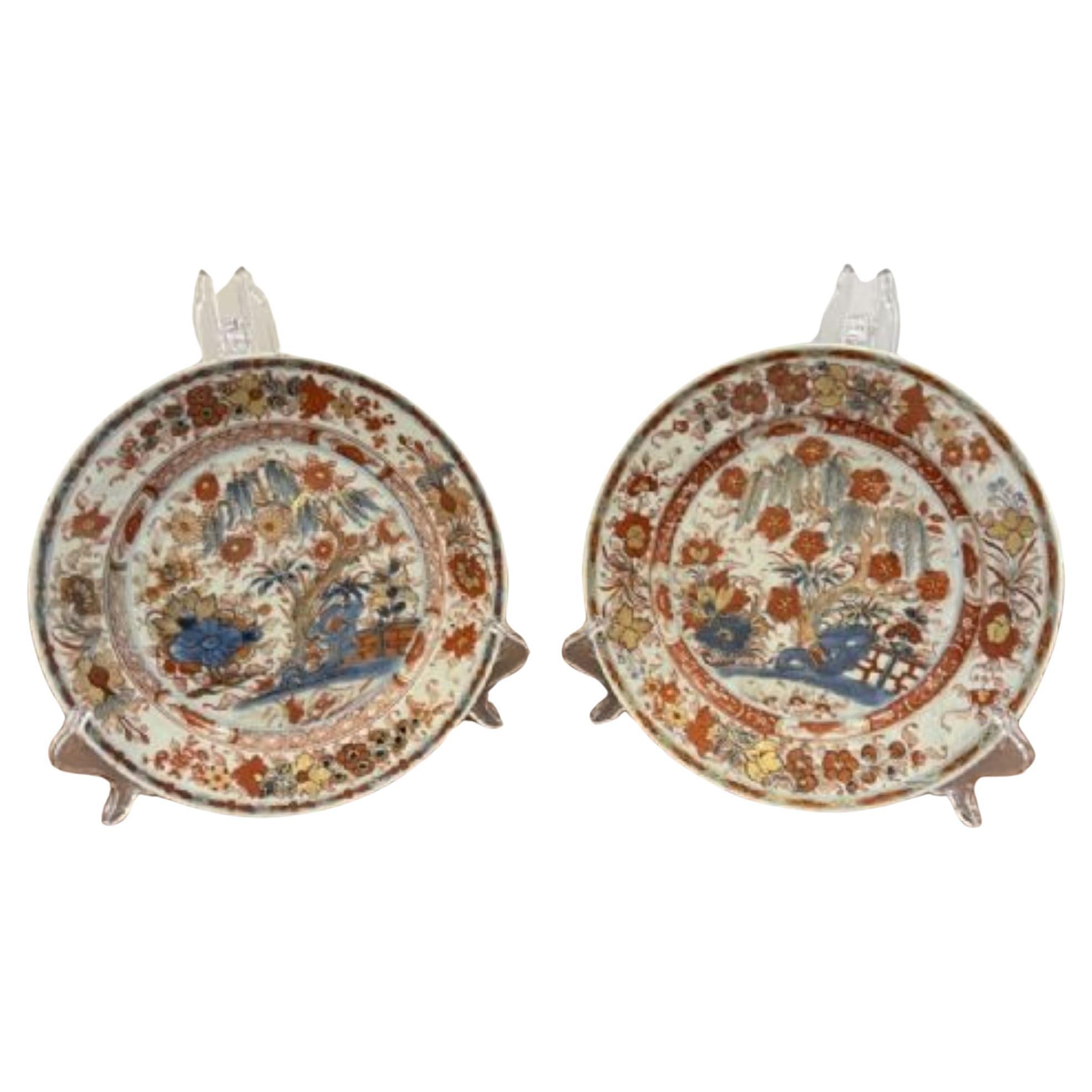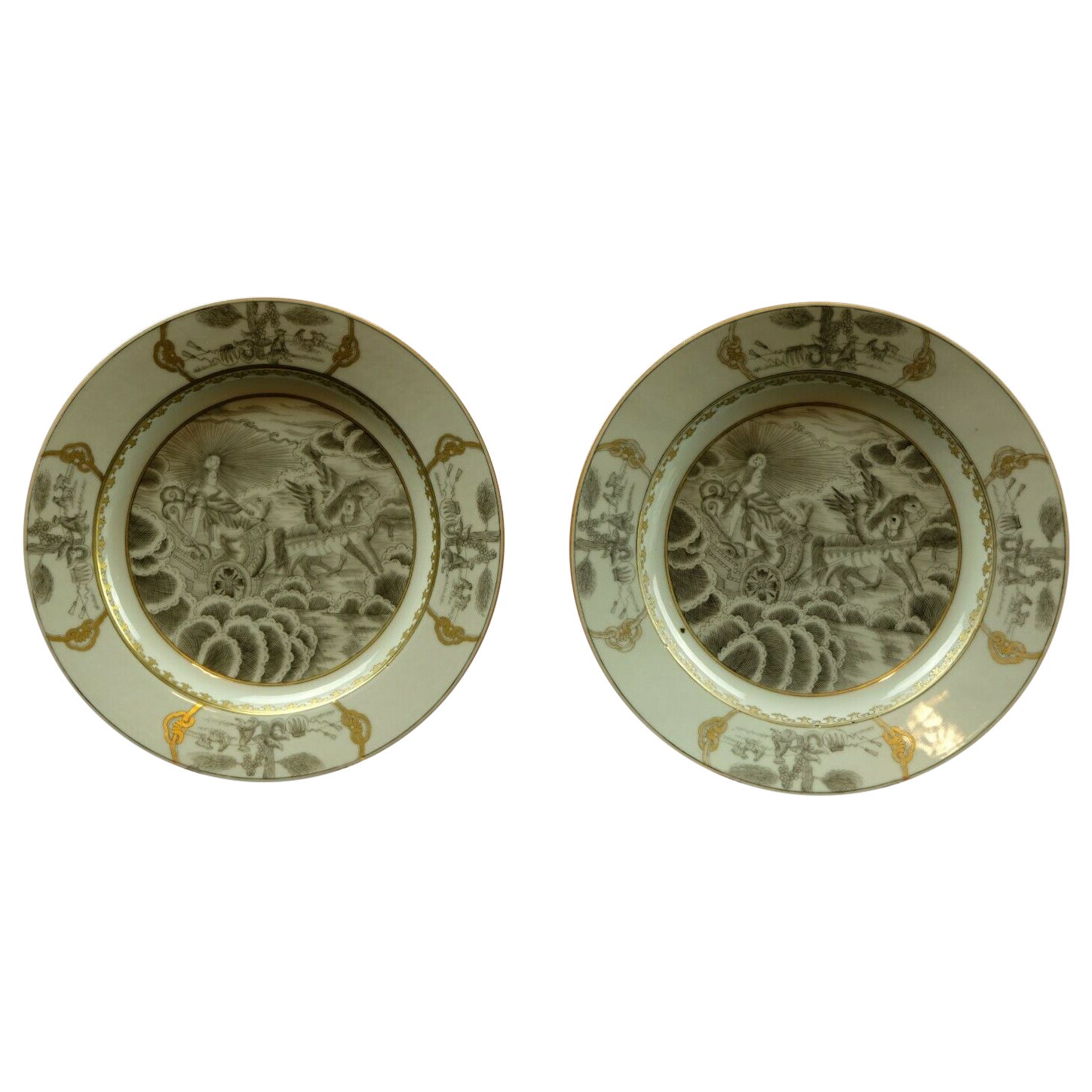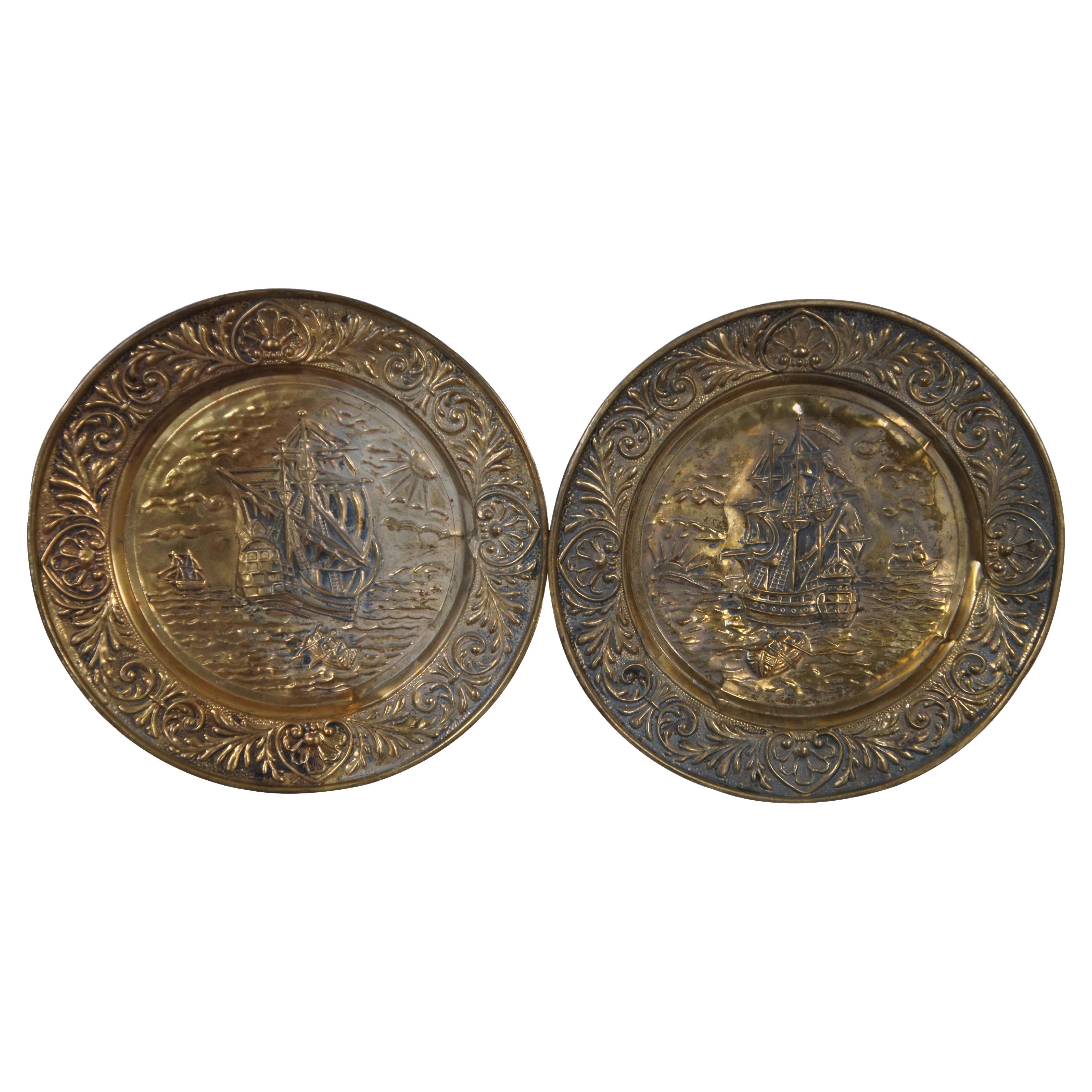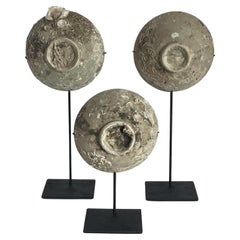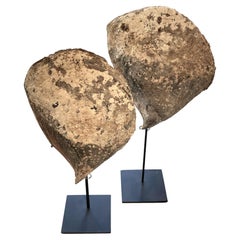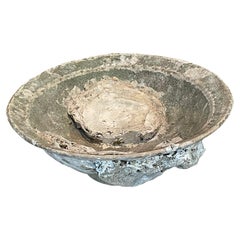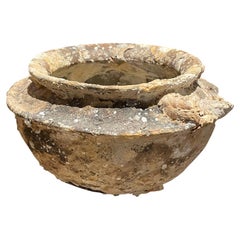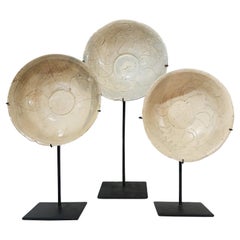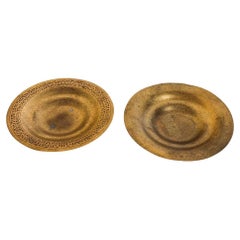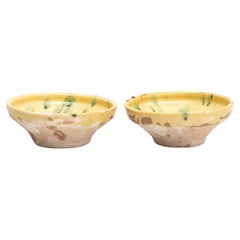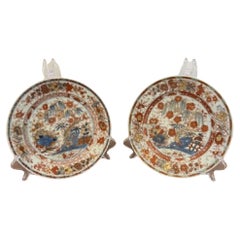Items Similar to Two Gold Painted Shipwrecked Plates, China, 16th Century
Want more images or videos?
Request additional images or videos from the seller
1 of 5
Two Gold Painted Shipwrecked Plates, China, 16th Century
$2,400per set
£1,821.56per set
€2,099.50per set
CA$3,363.42per set
A$3,753.86per set
CHF 1,974.96per set
MX$45,599.08per set
NOK 25,037.25per set
SEK 23,431.72per set
DKK 15,669.32per set
About the Item
16th century Chinese Ming Dynasty two gold painted plates from a shipwreck.
Beautiful natural patina from being submerged under water for hundreds of years.
Stands measure 5" wide x 3" deep.
- Dimensions:Height: 9 in (22.86 cm)Diameter: 7 in (17.78 cm)
- Sold As:Set of 2
- Materials and Techniques:
- Place of Origin:
- Period:
- Date of Manufacture:Unknown
- Condition:Wear consistent with age and use.
- Seller Location:New York, NY
- Reference Number:Seller: S69831stDibs: LU811243786862
About the Seller
5.0
Platinum Seller
Premium sellers with a 4.7+ rating and 24-hour response times
Established in 1997
1stDibs seller since 2005
471 sales on 1stDibs
Typical response time: 2 hours
- ShippingRetrieving quote...Shipping from: New York, NY
- Return Policy
Authenticity Guarantee
In the unlikely event there’s an issue with an item’s authenticity, contact us within 1 year for a full refund. DetailsMoney-Back Guarantee
If your item is not as described, is damaged in transit, or does not arrive, contact us within 7 days for a full refund. Details24-Hour Cancellation
You have a 24-hour grace period in which to reconsider your purchase, with no questions asked.Vetted Professional Sellers
Our world-class sellers must adhere to strict standards for service and quality, maintaining the integrity of our listings.Price-Match Guarantee
If you find that a seller listed the same item for a lower price elsewhere, we’ll match it.Trusted Global Delivery
Our best-in-class carrier network provides specialized shipping options worldwide, including custom delivery.More From This Seller
View All16th Century Ming Dynasty Set of Three Cups on Stands, China
Located in New York, NY
16th century Chinese Ming Dynasty set of three ceramic cups discovered from a ship wreck.
Beautiful natural weathered patina.
Cups measure 5" diameter ...
Category
Antique 16th Century Chinese Mounted Objects
Materials
Ceramic
Set of Two Mollusk Shell Sculptures, Indonesia, 19th Century
Located in New York, NY
19th century Indonesian set of two mollusk shells on stands.
Beautiful natural aged patina from being under water for over 100 years.
One measures 6" diameter and 13" tall
One mea...
Category
Antique 19th Century Indonesian Natural Specimens
Materials
Shell
Celadon 16th Century Sawankhalok Fossil Embedded Ship Wreck Bowl, Thailand
Located in New York, NY
16thc Thailand Sawankhalok celadon ship wreck bowl.
Rare celadon color.
Beautiful and abundant fossil growth from being submerged under water.
Natural original patina.
Part of a very...
Category
Antique 16th Century Thai Decorative Bowls
Materials
Ceramic
16th Century Shipwrecked Vessel, Cambodia
Located in New York, NY
16th century Cambodian vessel found from shipwreck of the coast of Cambodia.
Beautiful natural shells and barnacles from being under water
for hundreds of years.
Museum quality.
Category
Antique 16th Century Cambodian Decorative Bowls
Materials
Ceramic
Black With Gold Border Small Petrified Palm Platter, Indonesia, Prehistoric
Located in New York, NY
Indonesian small sized petrified wood platter.
Sliced from a petrified palm tree.
Black center with gold border.
Category
Antique 15th Century and Earlier Indonesian Platters and Serveware
Materials
Petrified Wood
Grey Set Of Two Thick Stone Discs On Stands, China, Contemporary
Located in New York, NY
Contemporary Chinese set of two thick stone discs on stands.
Polished finish.
One measures 6" diameter x 12" tall.
One measures 6" diameter x 14" tall.
Stands measure 4.5" wide x...
Category
21st Century and Contemporary Chinese Mounted Objects
Materials
Stone
You May Also Like
Mid-19th Century Shipwreck-Reclaimed Ceramic Bowls from Indonesia
Located in New York, NY
Three small ceramic bowls, reclaimed from a mid-19th Century shipwreck off the coast of Indonesia.
Defying time, these plates were preserved at the bottom of the sea until the late...
Category
Antique 1830s Indonesian Other Ceramics
Materials
Ceramic, Earthenware
Tiffany & Co New York Gilt Brass Decorative Pair of Plate
By Tiffany & Co.
Located in Tarry Town, NY
Presenting the exquisite Tiffany Studios New York Arts & Crafts Bronze Dore Gold Dish Bowl, Model 1708. This round catch-all plate exemplifies the timeless craftsmanship and elegance...
Category
Antique 1870s American American Classical Tableware
Materials
Brass
Set of Two Hand Painted Traditional Spanish Rustic Ceramic Plate, circa 1940
Located in Barcelona, ES
Traditional Spanish rustic decorative hand painted ceramic plate, Made by unknown manufacturer in Spain, circa 1940 In original condition, with minor wear consistent with age ...
Category
Vintage 1940s Spanish Rustic Wall-mounted Sculptures
Materials
Ceramic
$235 Sale Price / item
78% Off
Pair of antique Chinese plates
Located in Ipswich, GB
Pair of antique Chinese plates having a quality pair of antique Chinese plates with hand painted trees, leaves and flowers in wonderful red, blue, ...
Category
Early 20th Century Chinese Decorative Dishes and Vide-Poche
Materials
Ceramic
$801 / set
Pair of Encre de Chine Plates, 18 Century Qianlong Period
Located in Norton, MA
The plates are decorated with ink-black enamel of an angel riding in a carriage in the clouds. Gilt on the mouth rim.
Category
Antique 18th Century Chinese Other Ceramics
Materials
Porcelain
2 Brass Relief Nautical Maritime Seascape Clipper Galleon Boat Ship Platters 15"
Located in Dayton, OH
Vintage pair of two nautical maritime seascape wall hanging platters or plates. Made of brass featuring Galleon / Clipper ships / boats on a choppy sea.
Diemensions:
14.5" x 1" x 1...
Category
Late 20th Century Decorative Art
Materials
Brass
More Ways To Browse
China Painted Plates
16th Century Plate
Gold Chinese Plate
Chinese Plate Stands
Ming Dynasty Sculpture
Ming Dynasty Plate
16th Century Ming Plates
Shipwreck Plate
Kitchen Ceramics
Orange Furniture
Italian Lamps
Vintage Collectables
Italian Lamp
Custom Made Furniture
Used Walnut Furniture
Fine Furniture Design
Murano And Glasses
Used Furniture Sweden
